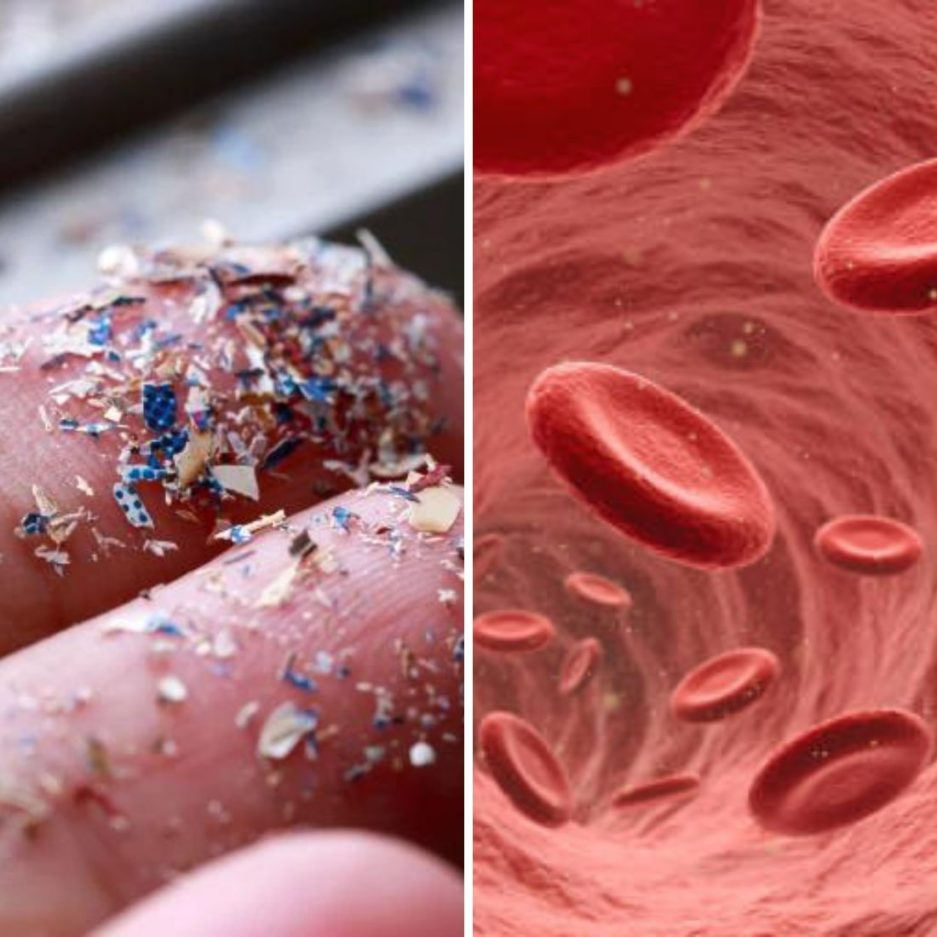Last month, a study from the journal Environment International in March 2022 found the presence of microplastics in blood samples of around 22 healthy adults. Another study, published in the journal Science of The Total Environment, has also detected microplastics in human lung tissue. It is the first time that scientists have found microplastics in the human body. So, should we be worried?
Well, medical specialists ask humans to be aware of it but not worried. According to Michael Levine, MD, associate clinical professor and medical toxicologist at UCLA Health, it’s not the first time microplastics are detected in the blood. Scientists have found them before, but these particles do not cause any attributable harm to the human body.
Since plastics have been on the planet everywhere for more than a century, it’s not surprising to find microplastics in the human body. Levine also mentioned that something detrimental can happen with large amounts of microplastics in our bodies. But presently, none of the studies have shown any harmful impact of these particles on the human body.
It is because researchers say that these microplastics are too big to be absorbed by human blood or body tissues. So, they are discarded by the human digestive system and exit the body through the anus.
How much plastic do we consume?
According to the World Wide Fund for Nature study, most people are likely to ingest approx. 5g of plastic every week. Since plastic cannot decompose itself, some tiny pieces are easy to inhale or absorb by people.

Albert A. Rizzo, MD, chief medical officer of the American Lung Association, mentions that microplastics are often floating in the air. And, the lungs, being the first line of defense, can easily capture these floating particles. But what’s good is that scientists have yet to find any reaction that may lead to tissue scarring or inflammation. Therefore, it is not something you should be worried about at this point.
Effects of microplastics on human health
Since scientists have recently realized the presence of microplastics in the human body, they are now known as emerging pollutants. However, they still need to study and analyze the impact of microplastics on human health.
The toxicity and exposure levels of these newly found particles in the body are not understood so far. This is because it is not easy to measure particles, that are smaller than 10 mm.
However, in large concentrations, these particles can lead to inflammation and conditions like asthma or tissue damage, according to Fay Couceiro, environmental pollution and biogeochemistry expert in the School of Civil Engineering and Surveying at the University of Portsmouth. He also mentioned that microplastics found in the gut can also lead to alterations in the normal human gut microbiome.
As per the study in the Journal of Environmental Science & Technology in 2021, people detected with chronic inflammatory bowel disease (IBD) symptoms have large amounts of fecal microplastics. But scientists need to do more studies to fully understand whether microplastics can cause IBD.
In another study by Vladimir Baulin, researcher at University of Rovira i Virgili (Spain), and Jean-Baptiste Fleury of the University of Saarland (Germany), microplastics were found to be the reason behind stretching and mechanical instability of human cell membranes.
“A priori, microplastics are not fatal immediately after ingestion into living organisms. However, it is increasingly recognized that microplastics can oxidize or stress cells through biological processes. The possibility of they may also stress a cell membrane through purely physical processes, however, is completely ignored by the vast majority of studies.” — Jean-Baptiste Fleury
Ways to decrease the exposure of microplastics on human body
Since prevention is better than cure, it is crucial to start taking important measures to avoid any potential impact of microplastics in our bodies.
As per Mark E. Hahn, senior scientist at the Woods Hole Oceanographic Institution, microplastics can get into our system through inhalation and ingestion. So, it is hard to give a specific recommendation on decreasing microplastic exposure to humans. However, it is best to minimize contact of food and water with plastic. Moreover, spending more time outdoors is also beneficial.
Mainly, the large particles of microplastics found in drinks and food come from plastic packages. So, it is best to avoid having food microwaved or wrapped in plastic. If possible, avoid using plastic containers for keeping food items in the refrigerator or cabinets.
Many people spend most of their time indoors, and there are a higher number of microplastics found in the indoor air. It is due to the presence of synthetic fabrics in carpets and other items in your home. Therefore, it is best to have better ventilation and do regular vacuum cleaning to decrease the concentration of microplastics in the indoor air.
So far, these are the only best things to do on your own to minimize contact with plastic products. This can eventually decrease the concentration of microplastics around you.






